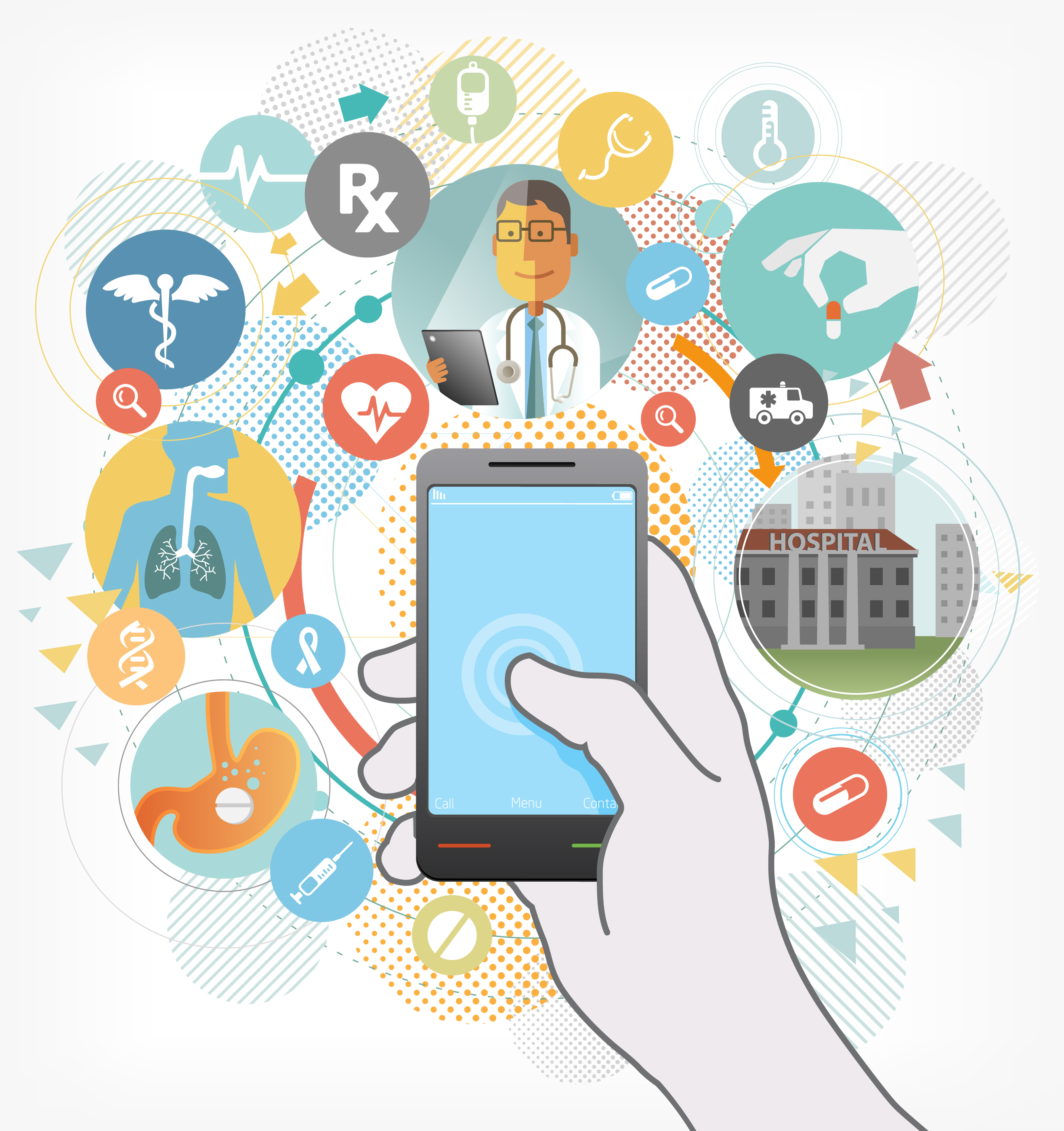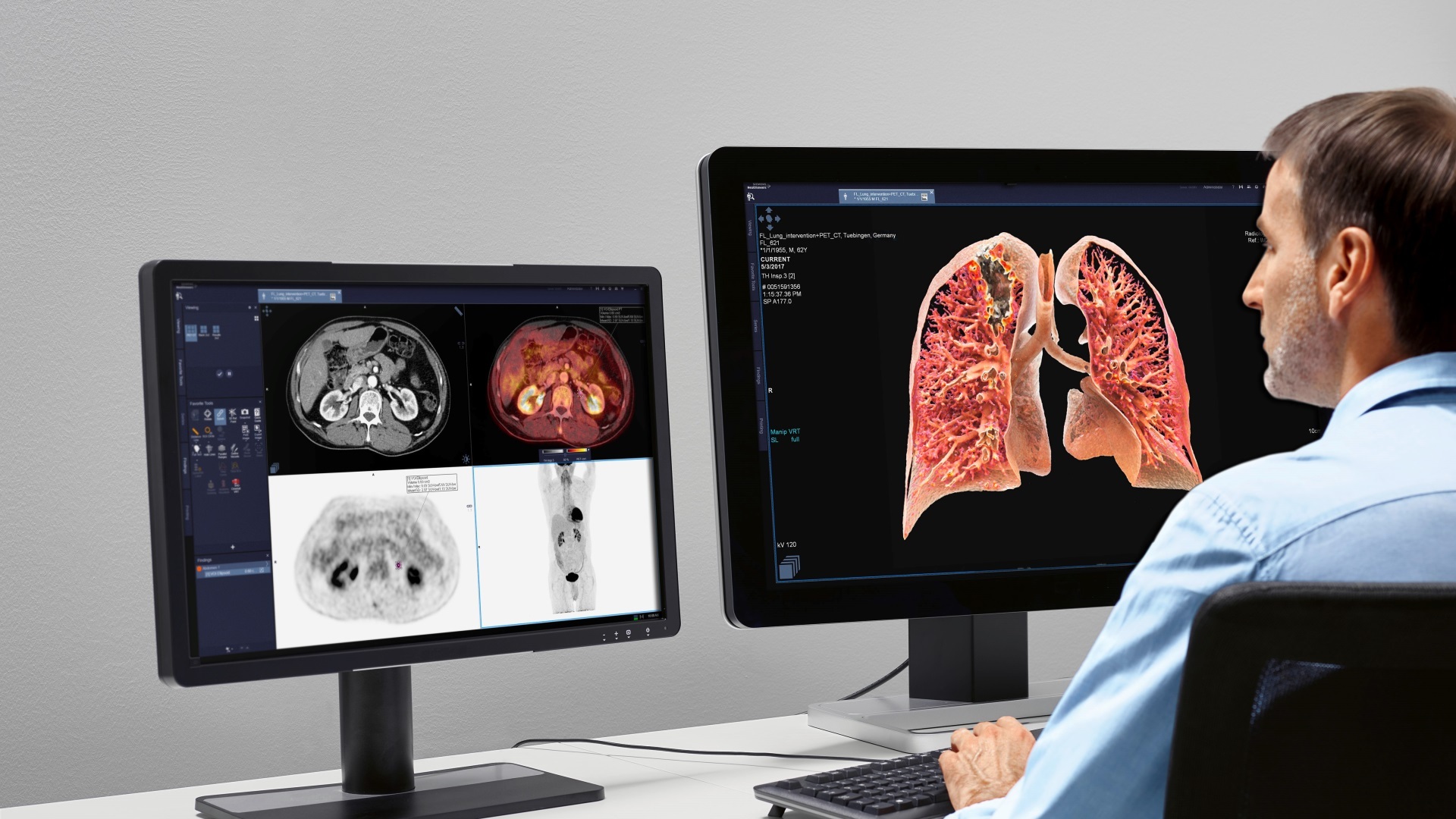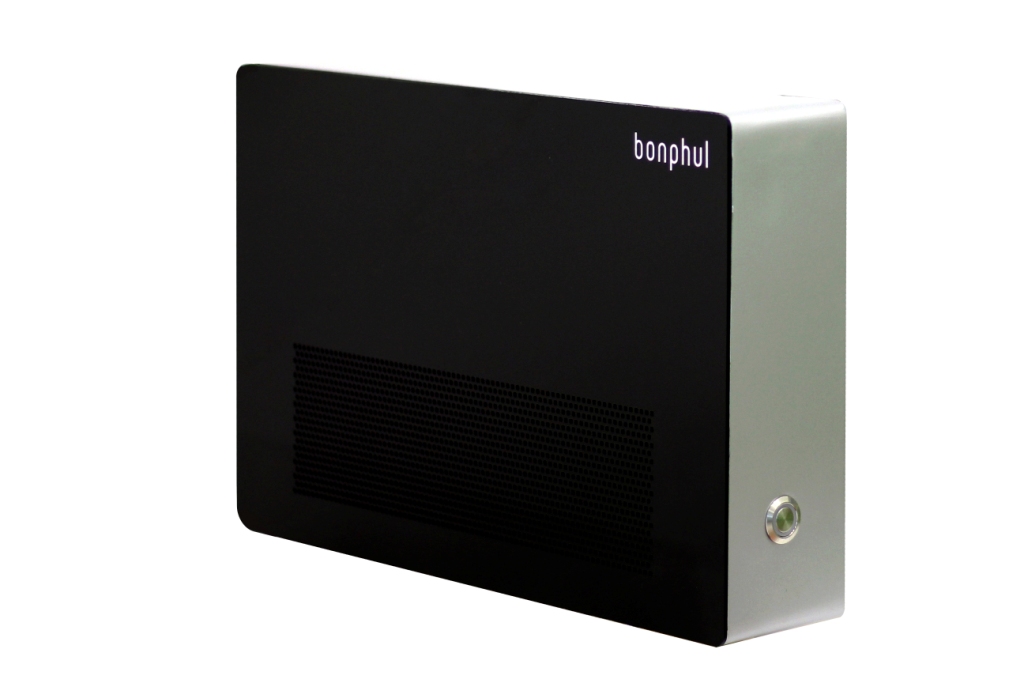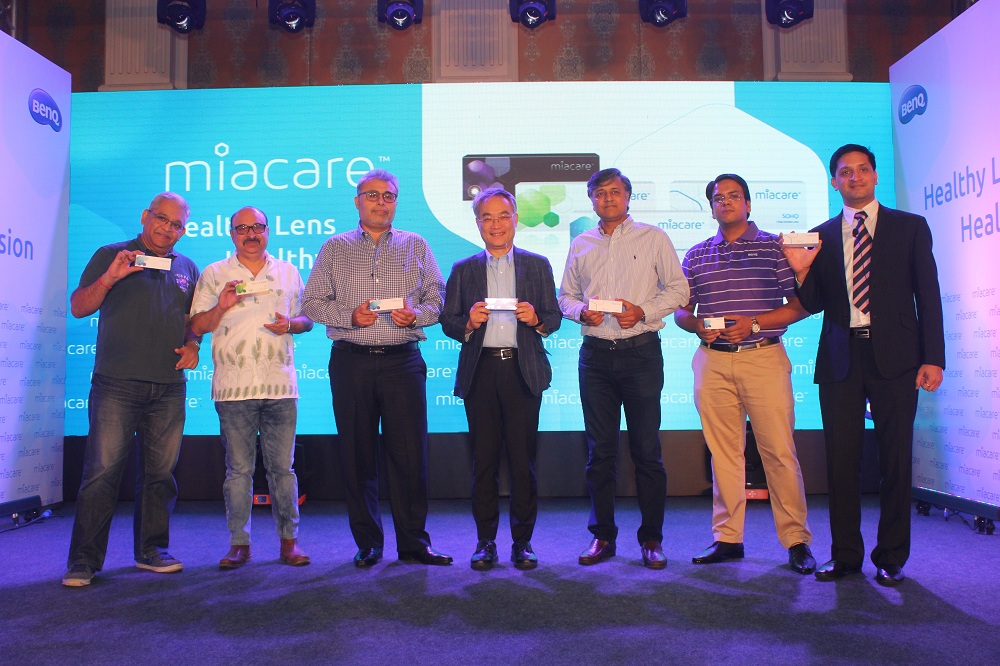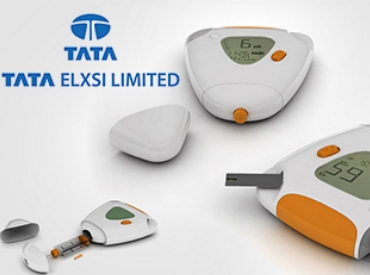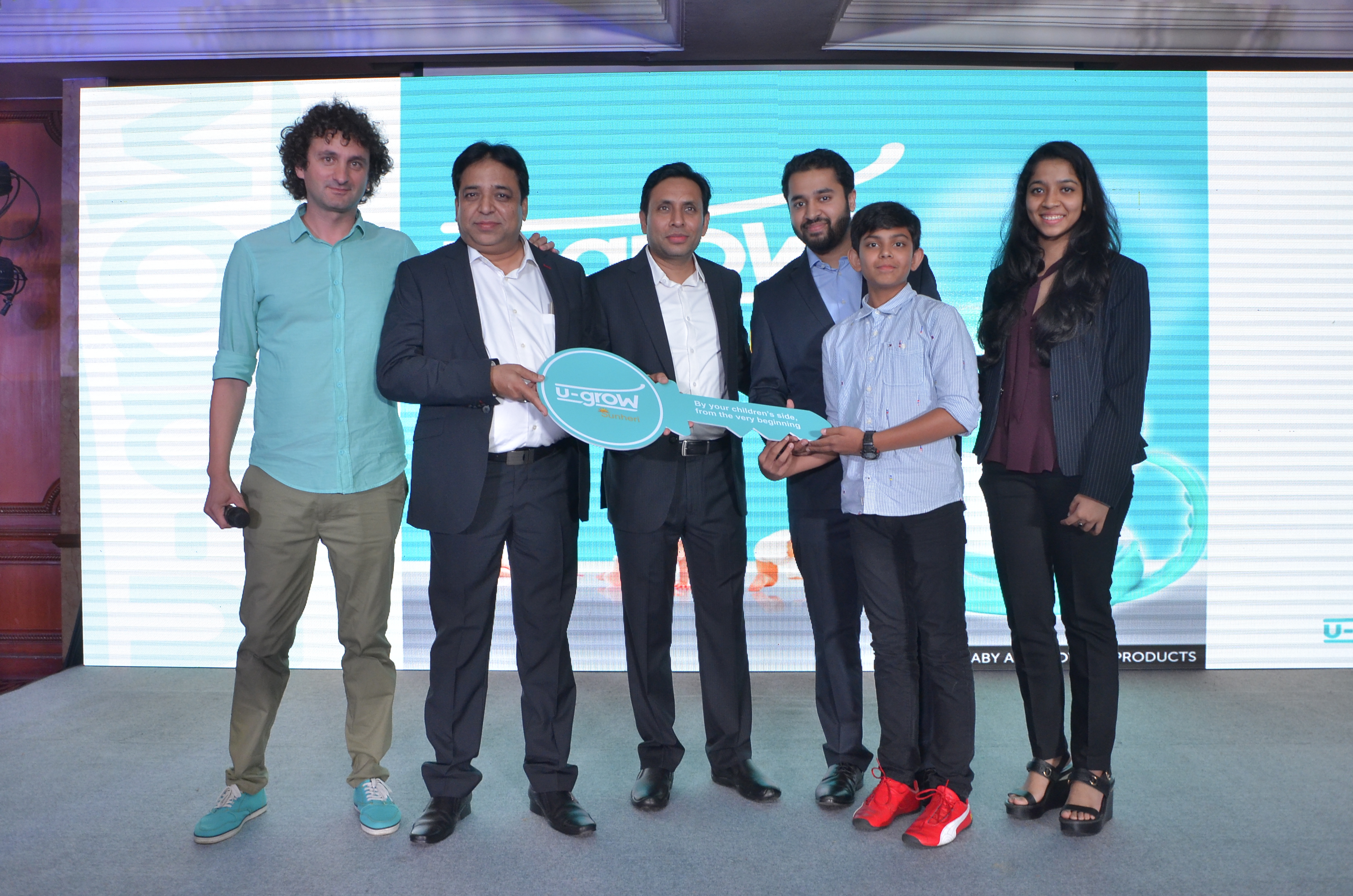
 About 2.2 million patients worldwide were using remote medical monitoring services at the end of 2011, according to a report from Berg Insight, a Swedish research firm. The report projects the market for remote patient monitoring equipment will grow at a compound annual growth rate of 18 percent from 2010 to 2016, reaching a total of 4.9 million patient connections globally by the end of that period.
About 2.2 million patients worldwide were using remote medical monitoring services at the end of 2011, according to a report from Berg Insight, a Swedish research firm. The report projects the market for remote patient monitoring equipment will grow at a compound annual growth rate of 18 percent from 2010 to 2016, reaching a total of 4.9 million patient connections globally by the end of that period.
In September, Kalorama, another research company, said the US market for remote patient monitoring was worth $7.1 billion in 2010. It forecast an annual growth rate of 25.4 percent, with U.S. market value reaching $22.2 billion by 2015. Assuming that Berg Insight and Kalorama used similar estimation methods, that result suggests that the US market is growing faster than the world market.

Another indication of this comes from a recent report by IMS subsidiary inMedica. In 2010, the report said, North and South America accounted for most of the $163 million worth of telehealth equipment that shipped worldwide. A large percentage of this gear was sold in the US, where the VA system planned to do home monitoring of 92,000 patients by 2012.
Berg Insight’s market estimate included only “systems that rely on monitors with integrated connectivity or systems that use monitoring hubs with integrated cellular or fixed-line modems.” The research excluded monitoring services that rely on transmission of data from mobile devices or PCs.
The report pointed out, however, that the use of cellular connections in fixed-location monitoring systems is rising rapidly. The number of devices with integrated cellular connectivity increased from 420,000 in 2010 to 570,000 in 2011, and it’s expected to grow to 2.47 million in 2016, Berg Insight said.
Much of the remote patient monitoring growth is in the area of home-based systems, according to the report. “Home monitoring solutions that can communicate over a cellular network, landline connection, or the Internet have already reached significant volumes within cardiac rhythm management, integrated telehealth solutions, sleep therapy, and cardiac event monitoring,” said Lars Kurkinen, a Berg Insight telecom analyst, in a statement.
A recent study in Health Affairs found that the combined use of telemonitoring equipment and care management reduced the costs of caring for Medicare patients with diabetes, congestive heart failure, or chronic obstructive pulmonary disease. However, insurance reimbursement of providers for home monitoring of patients is still very limited.

Be a part of Elets Collaborative Initiatives. Join Us for Upcoming Events and explore business opportunities. Like us on Facebook , connect with us on LinkedIn and follow us on Twitter , Instagram.



